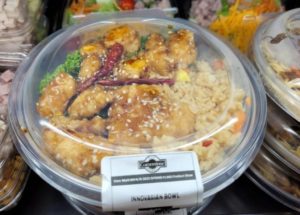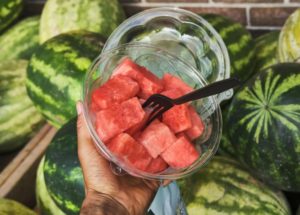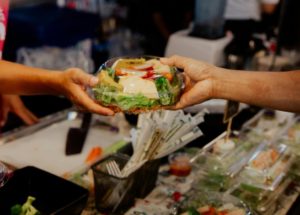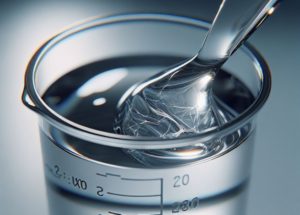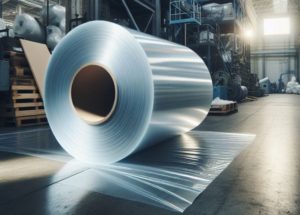Mar 20, 2025
Understanding Sustainability: A Must for Food Industry Professionals
At a Glance Understanding sustainability guides smarter packaging decisions, considering environmental, social, and economic impacts together. True sustainability goes beyond recyclability, including design for reuse, reduced material, and supply chain ethics. Measuring impact is key, using metrics like carbon footprint, water usage, and waste generation. Collaboration and transparency — across suppliers, brands, and consumers — […]
Read More +
Mar 10, 2025
Anti-Fog in Packaging: The Clear Solution to Boost Your Hot Food Sales
At a Glance Anti-fog food packaging technology keeps containers crystal clear, preventing steam clouds and highlighting your product’s appeal. Surface coatings or embedded additives manage condensation, spreading water into transparent layers instead of droplets. Vented designs paired with anti‑fog maintain freshness and visibility, even for hot foods through temperature shifts. Clear presentation boosts sales and […]
Read More +
Mar 06, 2025
How to Tell If Your Plastic Food Packaging is High-Quality
At a Glance The quality of plastic food packaging shows up in appearance, strength, and seal integrity — look for clarity, uniformity, and no defects. Material thickness and consistency help avoid breakage, leaks, and performance issues. Strong seals and closures prevent contamination and maintain freshness throughout supply chains. Certification and testing history (e.g. FDA, ISTA […]
Read More +
Feb 24, 2025
The Secret Ingredients in Food Packaging: Why You Need to Know How PET is Made
At a Glance Plastic sheet production begins with melting and extruding PET resin into uniform sheets, often followed by stretching to boost strength. Sheet thickness controls performance, with heavier gauges offering better rigidity and barrier properties. Cooling and trimming steps ensure flatness and clean edges, critical for consistent downstream processing. Quality checks — like gauge […]
Read More +
Feb 20, 2025
Is Plastic Food Packaging Actually Safe to Hold Food?
At a Glance Plastic food packaging safety relies on certified materials and migration testing to ensure food-contact compliance. Standard polymers like PET, HDPE, and PP are FDA-approved and widely used with decades of safe application. Additives are regulated and monitored, with most concerning compounds either banned or carefully controlled. Ongoing testing and transparent supplier documentation […]
Read More +
Feb 04, 2025
Plastic Resin Price Drivers: From Raw Materials to Market Demand
At a Glance Plastic resin price depends on feedstock costs, supply/demand, and global market dynamics, making pricing volatile and tied to oil and gas swings. Raw material ups and downs (like ethylene and propylene) ripple through resin costs to impact packaging budgets. Demand shifts from automotive, construction, and food sectors can tighten or ease resin […]
Read More +
Jan 08, 2025
This is How Plastic Food Containers Are Manufactured: From Sheet to Shelf
At a Glance How plastic food containers are manufactured involves extrusion or thermoforming processes, where plastic sheets are heated and shaped into containers. Tooling molds and accurate temperature control ensure consistent shape, thickness, and performance. Post-processing like trimming and quality checks remove excess material and verify seal integrity. Final steps include inspection, packaging, and shipping […]
Read More +


